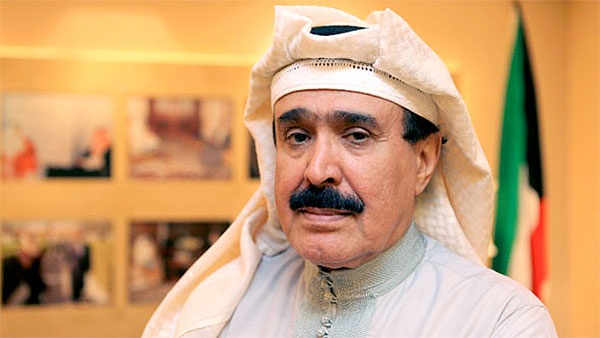28/12/2022
28/12/2022
WHEN talking about the demographic imbalance, those concerned with this file forget the fact that solutions cannot be found in the blink of an eye or through random, improvised, and sometimes vengeful decisions. Therefore, talking about demographic restructuring, especially with the prevailing mentality, is a fantasy.

You must be convinced that we will not be able to do without expatriates, but we may demand their naturalization. It is true that the number of expatriates in the country has reached more than three million, but most of them work as domestic workers, drivers, cleaners, construction workers, livestock caregivers, guards, maintenance technicians, mechanics, carpenters, electricians, barbers, and farmers. There are a few among them who are doctors, teachers, nurses, engineers, and administrative staff.
Nonetheless, letting go of these people must be based on the principle of a real replacement, not a theoretical one. Before talking about this matter, let us ask ourselves - how many carpenters, mechanics, farmers and shepherds can we provide from citizens to replace them? How many painters, surveyors and builders do we need? Have we prepared the educational infrastructure for this? In the past two days, I watched a few videos about residents gathering on the occasion of their holidays in more than one area.
Those who commented on those videos wondered about such a huge number and the benefit of it, while they themselves can find the answers in their own homes that are full of servants. Even when an electric socket or a light bulb fails, they seek the help of an expatriate.
Starting from the highest positions of responsibility to the lowest employees, they did not ask about the realistic solutions to this issue, but at the same time they want to get rid of the expatriates, without whose services they cannot do. That is why their words lack realism.
There are two models in the Gulf - the first is the Omani, Bahraini and Saudi type, and the second is the Emirati and Qatari type. Regarding the first kind, I remember attending a celebration in Oman in the 1980s with the late Sultan Qaboos bin Said. It so happened that the horses that passed caused some dirt on the road, and suddenly a number of workers appeared to clean the dirt.
It was evident from their appearances that they were not citizens. The Sultan asked one of his assistants about them, and he replied, “Omani citizens will not work in these professions because of the small income.” The Sultan’s answer was, “Seek such services from the citizen, even if his salary is higher, so that he can learn to work.” In the Sultanate of Oman as well as in Bahrain and Saudi Arabia, there are dozens of vocational institutions that train citizens.
These citizens can then enter the labor market as soon as they graduate from these institutions. As for the other model, the UAE, because of the small population, sought the help of foreign labor and achieved the highest growth rates. Also, it became possible to rebuild Qatar again within ten years and receive millions of people easily and conveniently during the World Cup. From today until the next 40 years, it does not need another infrastructure.
All these neighboring countries view expatriates as an added value and a source of income for the state. That is why today they are among the top countries in the world in security and social stability, and areas of global investment attraction. On the other hand, even though Kuwait is able to reach the ranks of those countries, it is closed on itself and does not seek real localization of the labor force.
Can we, for example, know how many citizens work in the field of electricity, carpentry, and nursing? Let the leadership ask the concerned officials about the outputs of citizens from our vocational institutions.
By Ahmed Al-Jarallah
Editor-in-Chief, the Arab Times
[email protected]
[email protected]


